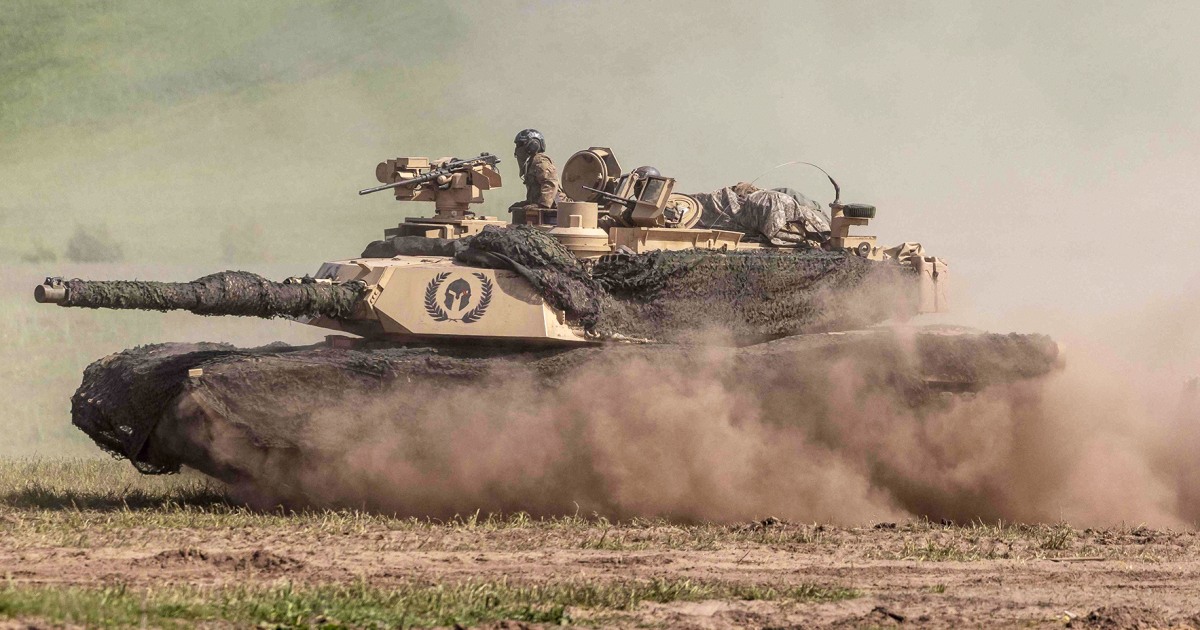
www.nbcnews.com
How the Biden administration decided to reverse course and give tanks to Ukraine
Pentagon leaders initially didn't want to give Ukraine tanks. Then Biden warmed to a path suggested by Blinken and Sullivan and a plan proposed by Milley and Austin.
Politics
When he announced his decision to provide Abrams tanks to Ukraine, President Joe Biden made a point to say Defense Secretary Lloyd Austin had recommended the move. But Austin, along with other military leaders, had for weeks argued it didn’t make sense for the U.S. to send the tanks to Ukraine, and he made his recommendation about how to provide them only after it was clear Biden wanted to send them, about 48 hours before his announcement, three U.S. officials said.
Biden wasn’t initially sold on sending the tanks, despite pressure to do so to give cover to Germany to send Ukraine some Leopard 2 tanks, the officials said. He warmed to the idea after Secretary of State Antony Blinken presented him with potential solutions to an issue that was very publicly exposing divisions within the U.S.-European alliance, the officials said.
The plan that Biden ultimately approved in a meeting Monday morning with members of his national security team, according to the officials, was tailor-made to provide Germany with cover: The U.S. would announce it would provide 31 Abrams tanks to Ukraine but not actually send them for many months, if not a year. But because Germany had said it would send Leopards to Ukraine if the U.S. agreed to commit tanks, too, the U.S. promise of a future delivery opened the door for Germany to send tanks to Ukraine now.
The president’s reversal on tanks caught some military officials by surprise, and it marked the second time in a month that such a dynamic has played out between the White House and the Defense Department over Ukraine aid, said three people familiar with the matter.
Last month, some military leaders were similarly caught off guard when news reports appeared saying the U.S. would supply Ukraine with a Patriot missile defense system, these people said. They believed the discussion about whether to do so was still active even after Biden had made the decision to provide the missile system, the sources said.
Military leaders base their recommendations on assessments of the battlefield — and the status of the U.S. weapons stockpile — while the White House and the State Department appear increasingly willing to factor political and diplomatic considerations into decisions about military aid, the officials said. That tension between wanting to give Ukraine what it’s asking for, which often has bipartisan support in Congress, and what makes sense on the battlefield is likely to grow as the war drags on, the officials said.
A senior administration official said Germany’s Leopard 2 tanks “just make more sense” than the U.S.’s Abrams tanks because they can arrive in Ukraine faster and aren’t as complicated to maintain.
The Pentagon didn’t immediately respond to a request for comment.
A spokesperson for the White House National Security Council declined to comment. The State Department declined to comment.
On Friday morning, a U.S. official told reporters that Biden wouldn’t provide Ukraine with costly, high-maintenance tanks that leaders of his national security team didn’t think Ukraine needed just to give Germany cover for its own internal decision.
The official cited Austin and Gen. Mark Milley, the chairman of the Joint Chiefs of Staff, specifically as advisers who didn’t think the Abrams tanks would be a net positive for the Ukrainians given how difficult they are to operate and maintain. The official also expressed frustration with the Germans over the public back-and-forth about providing tanks.
Austin seemed to give a public indication Friday that he didn’t think the Abrams tanks were right for the current fight in Ukraine. “What we’re really focused on is making sure that Ukraine has the capability that it needs to be successful right now,” Austin said when he was asked at a news conference in Germany about sending Abrams tanks to Ukraine.
The Abrams tanks, like the Patriot missile system last month, were on a list of options for military assistance for Ukraine that was presented to the president. But neither was recommended by the Pentagon as the best course of action. In the case of the tanks, U.S. military leaders argued the Leopards and the U.K.’s Challengers were much better options. Hundreds of the more than 2,000 Leopards across 13 countries in Europe could arrive on the battlefield in Ukraine in time for the coming spring counteroffensive.
On Jan. 17, after Biden talked to German Chancellor Olaf Scholz, Blinken, who has supported providing tanks for a while, suggested a path forward, a senior administration official said. Biden started to warm to the idea and tasked national security adviser Jake Sullivan with figuring out how to make it happen, given the Pentagon’s and Germany’s positions.
On Monday, Sullivan, Austin and Milley met with Biden and presented him with specific recommendations for the best way to provide the Abrams tanks, the official said. The president then made the final decision that he announced Wednesday.
























































